The importance of solids control is growing with the increasing acceptance of responsibility for minimizing the environmental impact of oil-well drilling. There can be no doubt that the most effective means of reducing the volume of waste generated by the drilling operation is through efficient removal of drilled solids. In deep well drilling, a 10% improvement in drilled solids removal can reduce the waste by as much as 8,000 to 10,000 barrels.

The relationship between drilled solids and common drilling problems is clearly established. Excessive drilled solids concentration reduces filter cake quality, thereby increasing down-hole filtration and cake thickness. This increases the likelihood of encountering unacceptable levels 01 torque and drag, stuck pipe, sloughing, and problems associated with increased surge and swab pressures. Also, and of much more importance, higher drilled solids contents significantly reduce rates of penetration, increasing drilling cost and the risk of wellbore instability caused by prolonged exposure of open hole intervals.
It has been proven that the adverse effects of drilled solids upon the drilling operation become more serious as the particle size decreases. Colloids, the finest solids, are the most damaging. Many of the solids generated by the bit enter the system as colloids, others become colloidal as they ‘are circulated.
Removal Vs. Dilution
In order to maintain mud quality it is imperative that drilled solids content be controlled at a low level, generally 5%. Or less, by volume. At 5%, every barrel of drilled solids which becomes part of the mud system requires the preparation of 19 barrels of new mud to maintain the concentration.
The removal of drilled solids, even through relatively inefficient separation processes such as the use of hydroclones (desanders and desilters) -which may discard as much as 2 barrels of mud for each barrel of solids removed, is preferable to the alternative of controlling the drilled solids concentration through dilution. It is obviously better to remove a barrel of drilled solids at the cost of the loss of two barrels of mud, than to have to build 19 barrels of new mud to dilute the drilled solids back to the desired concentration. The key to limiting dilution, and the quantity of excess mud to be disposed of, is the removal of as great a portion as possible of the drilled solids.
The use of desanders and desilters involves the loss of mud but rarely requires the preparation of new mud to replace the volume lost. Even with truly excellent solids removal, the solids added to the system during the drilling operation require more than enough dilution to replace the fluid lost in the hydro-cyclones and other solids removal equipment.
The dewatering process, coagulation and flocculation to permit centrifugal separation, is the only means of separating colloids from the liquid phase of drilling mud. In the absence of dewatering, or with the use of oil based mud, dilution and centrifugation are the only means of reducing the concentration of colloids. In the case of centrifugation, colloid separation can be achieved only through the disposal of the overflow which, in addition to the colloids, contains most of the liquid.
Routine field mud testing does not quantify colloidal solids content. It does permit the mud engineer to calculate the low gravity solids content with acceptable accuracy but provides no information about particle size distribution. Particle size decreases with time. This leads to a gradual decrease in mud quality and an increasing need for dilution. or the removal of colloids (and liquid) by a decanter centrifuge.
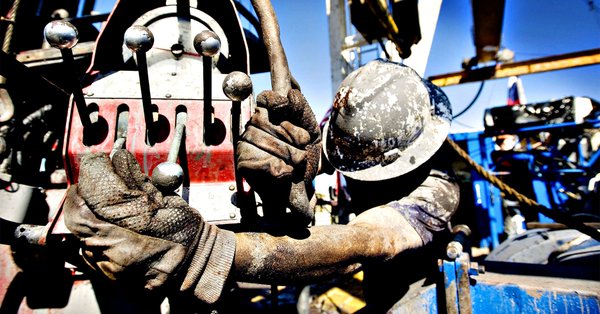

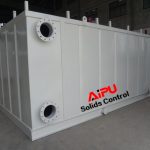
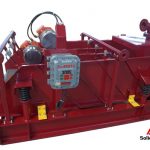



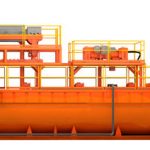

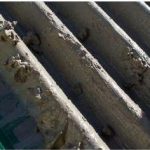
How Control Solids In Drilling Fluid With Machinery - Solids Control Shale Shaker
June 12, 2018 at 9:17 am[…] Solids control refers to a well drilling technique used to deliver drilling fluid to deep well drilling rigs and to clean this fluid for further use. The technique is called mud drilling because it uses a flow of water and mud to bring solids out of bore holes and cool the drilling rig equipment. This drilling fluid also facilitates the necessary hydrostatic pressure to prevent the influx of organic formation fluids into the bore hole. This technique has increased fee and safety of the well drilling process while making explorative drilling a cost-effective option. […]